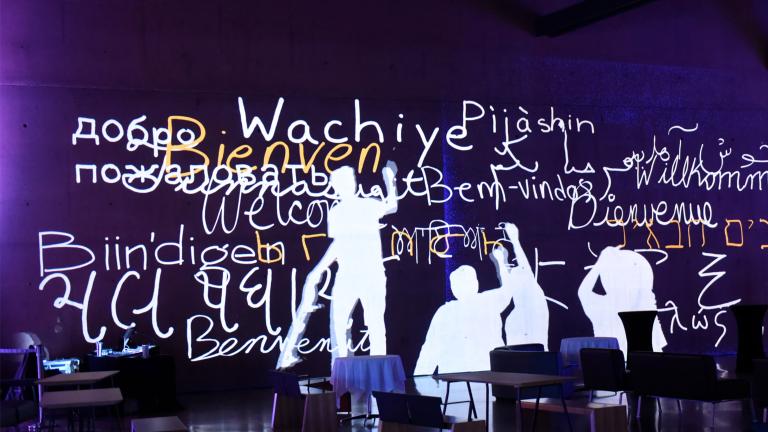What happens after a government apologizes for violations of human rights? What happens to the community? What work still lies ahead? Does an apology make a difference?
After the Apology
A dialogue about what happens after a government apology
Tags:
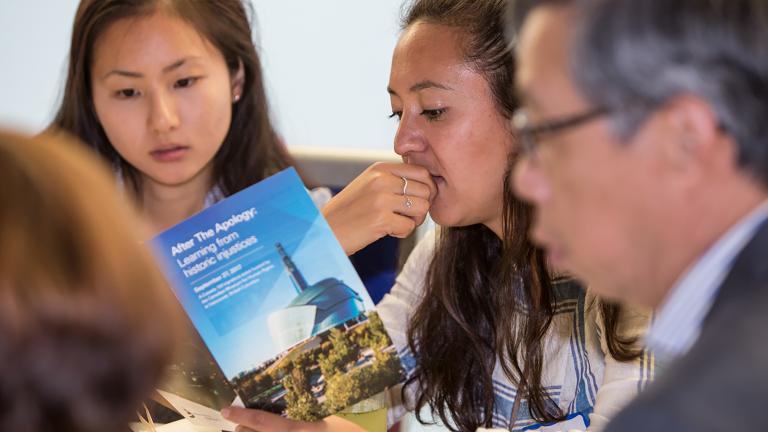
Photo: CMHR, Vision Photo
Event series details
The Museum engaged with communities in three Canadian cities to ask these questions and more. Each event explored a historical or contemporary human rights topic with a keynote presentation, an in‐conversation session and a moderated dialogue with the audience.
The Museum’s After the Apology series explores official government apologies for past and present injustices through a human rights lens. The aim is to encourage Canadians to have deeper and more respectful conversations, which are essential to bridging understanding and advancing human rights collectively.
Past Events
A dialogue for reconciliation
Winnipeg, Manitoba – June 13, 2017
On June 8, 2008, Canada officially apologized to former students of Indian residential schools. Nine years later, at the Museum, participants connected with Elders, survivors, leaders and representatives from cultural communities to explore the impact of this apology and its inter‐generational effects. How can we take positive action to move closer to reconciliation?
“It was an inspiring and much‐needed dialogue, filled with learning, new relationships and shared perspectives.”
Other communities’ experiences with resisting discrimination and rights violations added valuable perspectives to the conversation.
Learning from historic injustices
Vancouver, BC – September 27, 2017
Challenged by past human rights violations targeting Japanese Canadians and inspired by the resilience of survivors, this dialogue session explored the aftermath of the federal government apology, the subsequent struggle for redress and the relevant lessons for today.
“I was born here. But we [all] own the relationship with the past, the present and the future. I can’t fix what my ancestors did, but I can reach out to people now. I can be part of that relationship.”
Other communities’ experiences with resisting discrimination and rights violations added valuable perspectives to the conversation.
Africville
Halifax, Nova Scotia – October 24, 2018
This dialogue event revolved around the 2010 apology the City of Halifax offered to the former residents of Africville for their forced relocation and loss of their community in the 1960s. The guided conversations delved into the apology process, lessons learned and further action on issues of systemic racism.
“The apology validated that the residents’ fight, their heritage, their existence and their emotions are real. It doesn’t change everything, but it changes something.”
The Museum acknowledges the contributions of the Africville Genealogy Society, Africville Museum & Africville Heritage Trust, the Nova Scotia Human Rights Commission and the Delmore “Buddy” Daye Learning Institute.
Dive Deeper
Canada’s Indian residential schools: Childhood denied
A story about Indian residential schools and their legacy
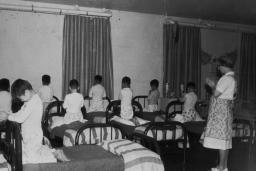
The story of Africville
By Matthew McRae
If you’ve never heard of Africville, you’re not alone. This small Black community was demolished by the City of Halifax in the 1960s. Its residents have been fighting for justice ever since.

Japanese Canadian internment and the struggle for redress
By Matthew McRae
Before the outbreak of the Second World War, Lena Hayakawa lived what she describes as a very idyllic life.
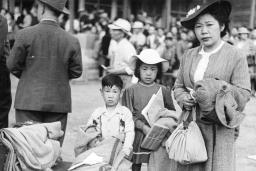
The story of the Komagata Maru
By Matthew McRae
When Nimrat Randhawa and her family immigrated to Canada in the summer of 2003, they arrived completely in the dark – literally.
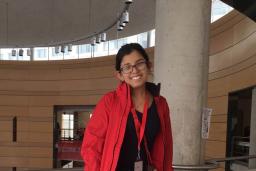
See more Programs
At the Museum, we celebrate inclusiveness, diversity and respect for others. We offer programs for people of all ages and abilities.
